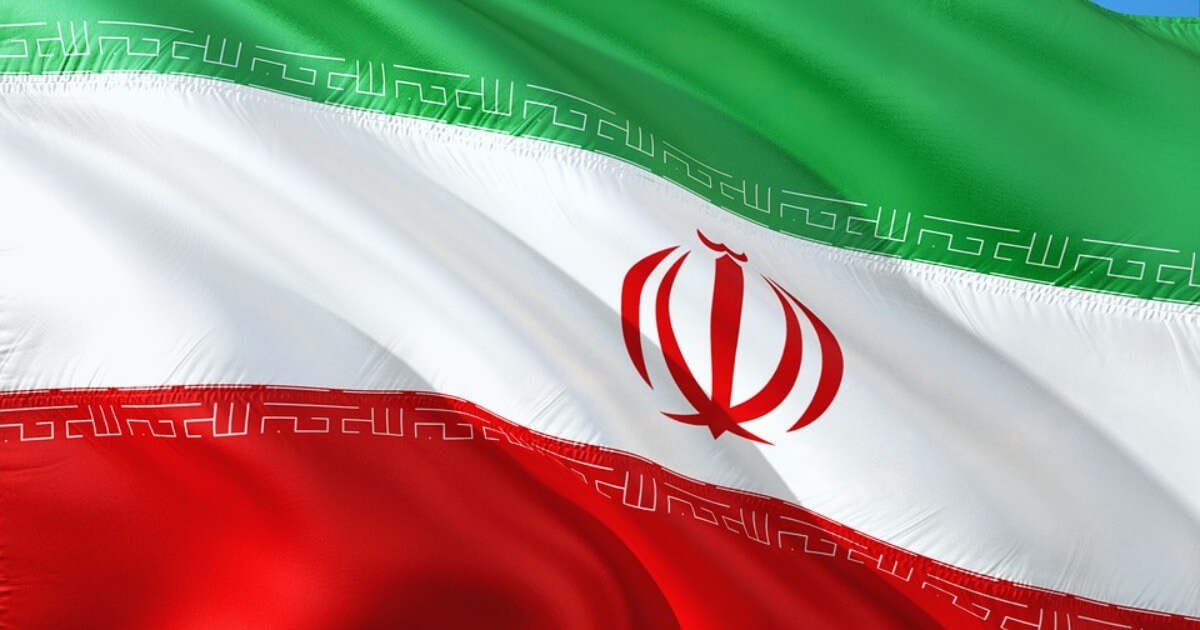Thomas Paine’s Dividend: An Idea Whose Time Has Come
Remembered for his political idealism, Paine also had ideas about economic justice.
July 2, 2015
Thomas Paine thinks you should have a trust fund.
A trust fund, of course, is an investment that pays dividends to named beneficiaries. Many wealthy families have them. Well-heeled parents set up trust funds to guarantee financial security to their children.
Thomas Paine thinks you should enjoy financial security too, even if you don’t come from wealth.
A Globalist Paper
by Brent Ranalli
Part I – Thomas Paine’s Dividend: An Idea Whose Time Has Come
Part II – Thomas Paine’s Agrarian Justice and John Locke
Part III – After Paine: Henry George’s “Single Tax”
Part IV – Disappearing Jobs? Our Thomas Paine Moment
Part V – Carbon Permits: Paine’s Social Dividend
Part VI – Thomas Paine’s Climate Solution: Would He Recognize it?
Surprised? This is not how we usually remember Thomas Paine. The textbook image of Thomas Paine is that of the anti-authoritarian firebrand who ran away from troubles in England in the 1770s and then propagandized for the patriot cause in America.
His pamphlet “Common Sense” electrified the thirteen colonies and stiffened their resolve to fight for independence.
He again took a stand for freedom and individual liberty by lending his celebrity to the French Revolution–and then again by risking his own head to defend the head of the deposed French king. (He argued that Louis Capet, as a private citizen, had the same rights to life and liberty and fair trial as any other citizen.)
Life, liberty, individual rights—what do these have to do with a trust fund? It was toward the end of his long career, after his close encounter with the guillotine, that Paine sketched out the trust fund idea.
In short, a lifetime of struggle with political injustice had led him to conclude (as later Martin Luther King, Jr. also concluded) that root causes and comprehensive solutions were to be found in the sphere of economic justice.
Paine’s theory of the commons
Paine started from the basic insight that land and natural resources—what today we call the “commons”—were created by no one. And so, properly, they belong to everyone, despite the fact that we often we find them in private hands.
What economic justice therefore requires, Paine concluded, is the redistribution of certain kinds of wealth – those deriving from the commons – on an equitable basis, via a trust fund.
That’s a radical proposal. But not pinko-commie radical. The roots of the proposal do not lie in the ideology of the French Revolution, and the proposal had little if any influence on subsequent Continental European socialist traditions.
The roots of Paine’s idea lie in the classical liberalism of the English Enlightenment. Specifically, his idea stems from John Locke’s doctrine of private property, which Paine merely clarified and carried to its logical conclusions.
Alas, the influence of the proposal when it was published by Paine in 1797 was almost nil. But Paine had hit upon an idea that was so elegant and compelling that it was bound to recur and in fact has recurred over the centuries.
From Paine to Alaska
Its most notable practical incarnation today is in the Alaska Permanent Fund. Since 1982, the Fund has paid an annual dividend (the Permanent Fund Dividend, or PFD) to every state resident out of invested oil revenues.
Established on the principle that mineral resources belong to the people, rather than the government, the PFD is one of the most popular state initiatives in the history of Alaska—and the entire United States, for that matter.
The PFD is generally in the range of $800 to $2,000 per year. With that modest, steady stream of supplemental income, it is hardly surprising that Alaska has one of the lowest poverty rates in the nation. It is also the only U.S. state that has not seen the gap between rich and poor widen since 1990.
The Fund is commonly considered the third rail of Alaskan politics – a program so popular that it would political suicide for a lawmaker to suggest directing those funds elsewhere.
Given Alaska’s increasingly dismal long-term budget outlook (revenue coming mostly from oil royalties, as reserves dwindle and oil prices fluctuate), the PFD is likely to come under increasing pressure in the coming years.
But even if the Fund were to become a casualty of Alaska’s budget battles, Thomas Paine’s principle would live on and be reincarnated elsewhere.
Today we are ripe as never before for a resurgence of Paine’s remarkable proposal. In this six-part essay, we trace the perennial reappearance of Paine’s idea of economic justice, and then look closely at one contemporary application where it could touch millions of lives.
Takeaways
Paine concluded that there had to redistribution of wealth on an equitable basis via a trust fund.
Alaska is the only U.S. state that hasn’t experienced a widening gap between rich and poor since 1990.
Today, we are ripe as never before for a resurgence of Thomas Paine’s remarkable proposal.

